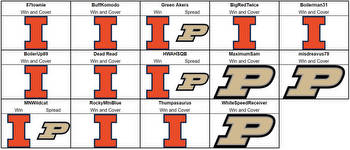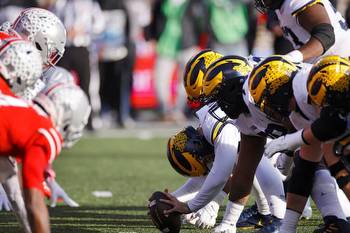Divide and conquer: How will a 16-team Big Ten be structured?

The addition of UCLA and USC to the Big Ten football league will bring it to 16 teams. The WAC existed as a 16-team entity for 3 years before 8 teams split off and formed the Mountain West.
The addition of UCLA and USC brings the Big Ten football to 16 teams. The WAC existed as a 16-team entity for 3 years before 8 teams split off and formed the Mountain West. A 16 team conference has been attempted just once before.
The Big Ten already uses an East/West split for football. It would require a shuffle to make room for the newcomers.
The Big Ten's new structure would see 7 divisional games and 2 crossover games each year. Illinois would visit Los Angeles more often than West Lafayette.
Ohio and Maryland are going to offer sports betting for the 2022-23 Big Ten football season.
The model for scheduling 16 teams is to create a quartet of 4-team pods. The 3 other teams in each pod would serve as permanent opponents. Playing 2 teams from each other pod gets you to 9 conference games.
Minnesota, Nebraska, UCLA and USC are expanding. Minnesota is ahead of Iowa, because Minneapolis-St. Paul and Omaha have major airports that are easily accessible to commercial and charter flights from Los Angeles. Getting to Iowa City from LA is more difficult.
Illinois, Iowa and Wisconsin are going to be the Big Ten's 16th and 17th teams.
There are currently 16 teams in the Big Ten.
The expansion of college football is for the sake of TV ratings. The best programs should play each other every year. Penn State is the only program capable of punching at that level. The trio of Michigan, Michigan State and Ohio State have to be placed together in some form.
The Big Ten is likely to expand to 20 teams or even more. The league is in an arms race with the SEC.
The Big Ten is about to change in some way. The coming months will reveal how dramatic the changes are going to be.






























